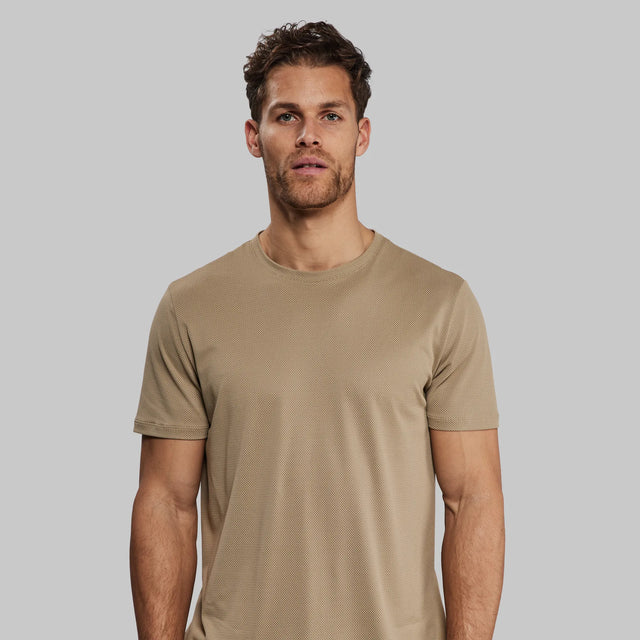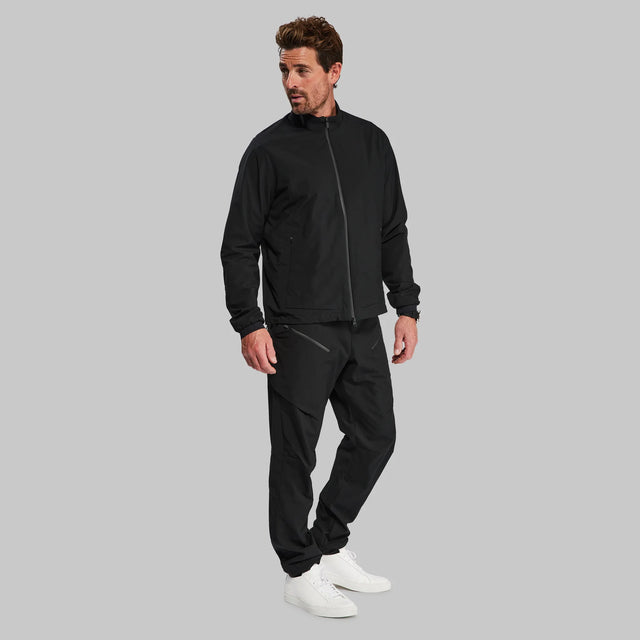Lab-Grown Scarf
Made from a completely new biomaterial that feels like cashmere, wool and silk
- Built from a completely new type of molecularly engineered biomaterial
- Ultrasoft yarn that feels like cashmere or silk
- Grown in a petri dish
The Lab-Grown Scarf is built from a completely new type of molecularly engineered biomaterial. So if it looks like it was grown in a petri dish, then assembled by robots… that’s because it was. This is knitwear, but not as you know it.
The beauty of creating your own biomaterial is you can make it feel like anything you want. So the Lab-Grown Scarf is ultrasoft and feels like cashmere or silk. It’s blended with Merino to make it strong and thermoregulating. And the scarf is reversible to make the most of the crazy honeycomb patterns, textures and lab-grown aesthetic.
Building a never-seen-before biomaterial involves selecting DNA sequences from a database of hundreds of different animals and insects – from sheep and squid, to spiders and crickets. Injecting these sequences into thousands of tiny microbes – a process called microorganism programming. Then brewing these microbes with sugar which they transform into a protein polymer to create a completely new type of biomaterial.
Technical Details

The Lab-Grown Scarf is made from a completely new type of biomaterial made through molecular engineering.



If the scarf looks like it was grown in a petri dish, then assembled by robots… that’s because it was.


It’s made with a honeycomb kit
The scarf is reversible to make the most of the crazy honeycomb patterns, textures, and lab-grown aesthetic. Whatever way round you wear it, it’s incredibly soft on your skin. The biomaterial feels like a cross between cashmere, wool and silk, and the Merino wool we blend it with is also incredibly soft.


The ultrasoft lab-grown biomaterial feels like cashmere or silk.


It’s a beautifully soft scarf… that happens to be made with a molecularly engineered biomaterial.






We can now grow biomaterials by programming microorganisms with DNA from sheep, squid, spiders and crickets.



















